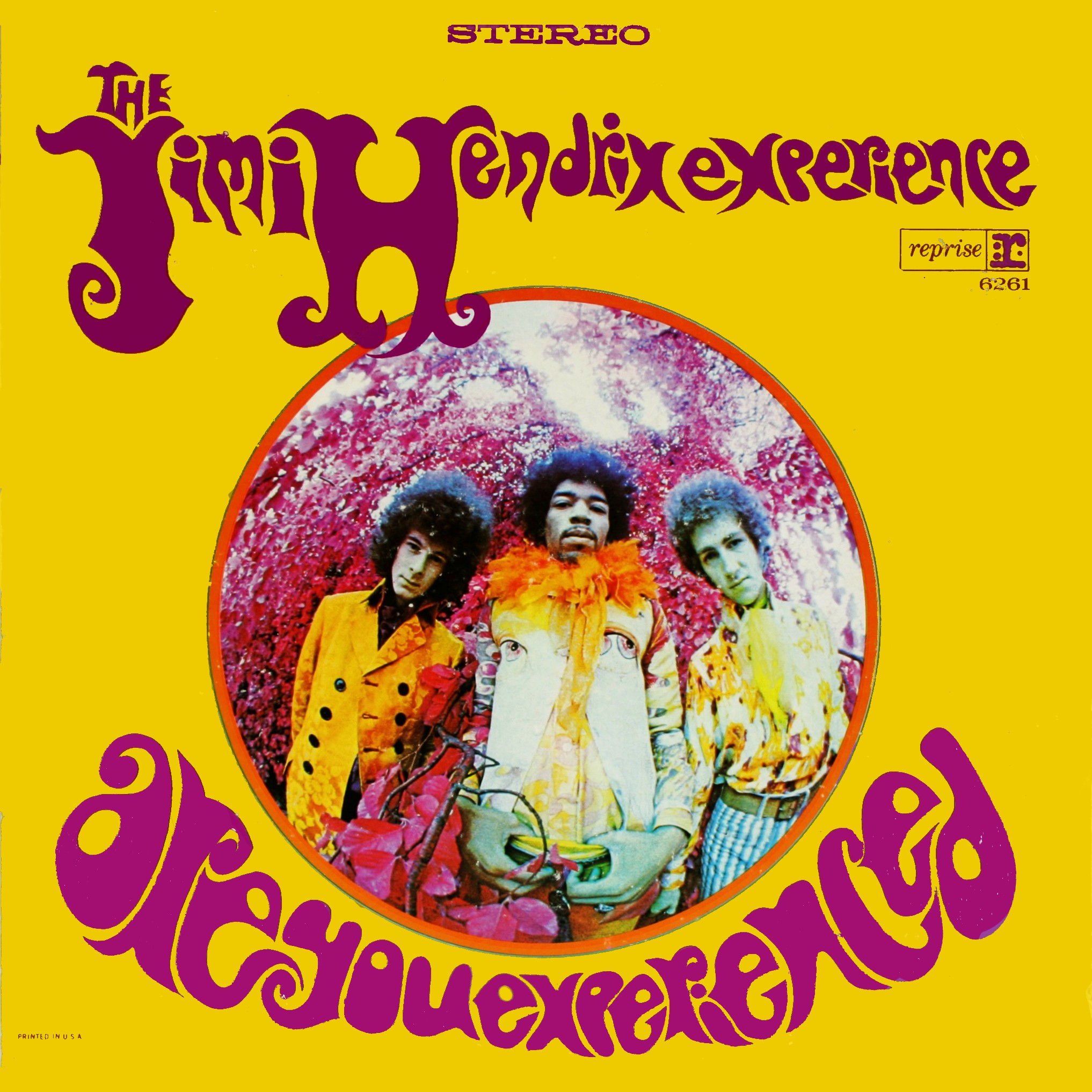Hassenzahl, M. (2010). Experience Design: Technology for All the Right Reasons. Morgan & Claypool.
For this week’s reading on experience design for music education, we moved up a level to think about experience design generally. A lot of design theory tends to boil down to “Design things better!” Marc Hassenzahl’s book falls into that trap a little, but he does have some useful specific ideas. His main thesis is that designers of technology aren’t just designing the technology itself. They’re designing the felt experience of using the technology (intentionally or not.) People care less about the technology itself and more about how they feel while using it.
There’s “experience,” the verb, and “experience,” the noun. The verb refers to the ongoing stream of sensory impressions, emotions and memories running through our heads. An experience, the noun, is the memory of a particular set of experiences, a narrative with a beginning, middle and end. Experience designers need to ask about the narrative their users are going to take away. Is it a story of feeling flow, of learning something, of getting things done? Or is it a story of boredom, frustration, anxiety?
Hassenzahl contrasts his touchy-feely vision of experience design with the traditional discipline of Human-Computer Interaction.
With its conceptual origins in cognitive psychology, work psychology, human factors, and engineering, Human-Computer Interaction (HCI) long took pride in being an “objective” approach. HCI feels more comfortable to base recommendations on observation rather than mere user opinions. The hallmark of practical HCI methods, Usability Testing, for example, rests primarily on observation (or even time measurement) while participants interact with a product. Other popular methods, such as eye-tracking in the context of the web, aim at the same—to replace opinion with behavior.
HCI tends to dismiss the subjective. But experience is subjective by definition. Our feelings can sometimes be totally illogical-seeming. Hassenzahl uses the experience of missing a flight by half an hour versus two minutes. Objectively, you missed the flight one way or the other. But missing it by two minutes is agonizing. Why? There’s a valid psychological reason.
To determine how to feel about something, people compare reality to a salient possible alternative (a fantasy). The near miss makes the alternative of having caught the plane salient. We then start to contemplate about the “what if ” rather than accepting the fact.
So. How do you go about designing a subjectively pleasurable (or at least painless) experience? There are three levels of user goals to consider:
- The highest level of be-goals: Hassenzahl’s examples are being competent, being admired, being close to others, being autonomous, and being stimulated. Be-goals motivate action and provide it with meaning.
- The middle level of do-goals: the concrete desired outcomes of users’ activities, and their plans to achieve those outcomes.
- The lowest level of motor-goals: the actual physical pushing buttons, mouse clicking, what have you.
The most mundane technological experiences have an emotional charge, even if that emotion is boredom. There’s a rhythm, which might be smooth and flowing, or jerky and uncomfortable. There might be an entire dramatic arc, like the anxiety of using an ATM without knowing what your account balance is, followed by the relief when the cash comes out. Really good usability design is likely to be invisible, because it operates in the space between bad and acceptable. Experience design, on the other hand, is memorable — we remember emotional experiences, the good ones and the bad ones.
The emergent flow of our subjective experience is much too complex to be able to predict and plan around. Most of us have only the vaguest understanding of our own motivations and desires. Hassenzahl: “You are not meeting your friends to feel related. You just do it, and a feeling of relatedness emerges. The man does not play keyboard to feel competent. The competence experience just emerges.” The best you can do is to create an environment conducive to the emergence of good experiences that meet people’s needs, real and imagined.
There’s a close connection between positive experiences and flow. If the activity you’re doing is intrinsically motivated, it’s likely to produce good memories. If you’re under duress, you’re unlikely to enjoy yourself. Hassenzahl says of extrinsically motivated experience: “Most of the time, it sucks.”
What are the qualities of a good experience? Hassenzahl lists competence, stimulation, relatedness, autonomy, popularity, meaning, security, and physical striving. If you want to stimulate people, it would be a good idea to present some randomness, some opportunities for serendipity. If you want people to feel relatedness, then they need to be able to express themselves emotionally, and that means they need tight control over what they’re doing.
Usability engineers have an axiomatic belief that things have to be easy, simple, convenient. Experience designers should take this assumption with a grain of salt. Some of the best experiences are really difficult.
Playing the violin is a challenging and demanding endeavor. Why on earth is anybody bothering with it? The same holds true for planning adventurous holiday trips, solving mind-boggling puzzles or cooking tremendous five course menus. It is complicated, hard to master, and not always convenient—but apparently a lot of fun.
Hassenzahl asks us “not to underestimate peoples’ skills and abilities, and their interest in learning and improving themselves.” It’s okay for a music learning experience to be hard, as long as there are footholds.

